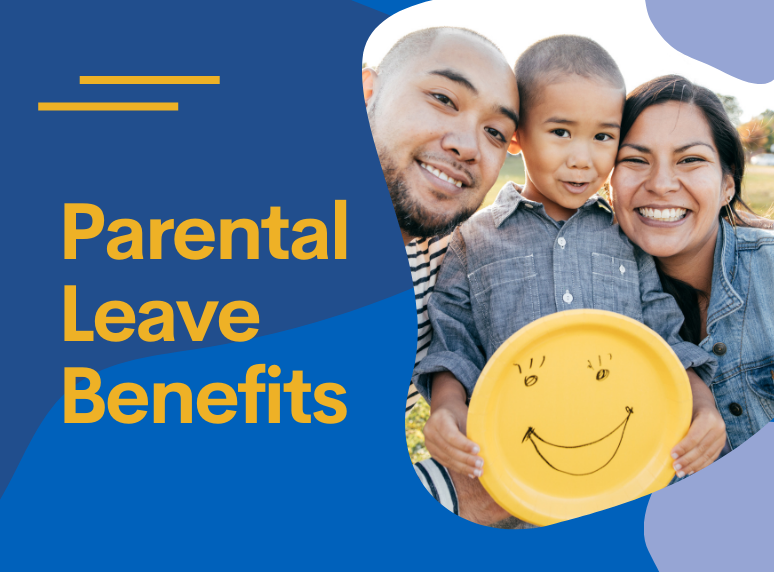Having a child is one of the biggest events to happen in an employee’s life. Both employees and their children can benefit from time together to bond, especially in the first few months of life. However, for many employees, taking an extended period of time off is unrealistic if they have to worry about finances and the possibility of losing their jobs.
Recognizing this, California has led the charge to ease this burden for new parents bypassing some of the most protective leave laws in the nation. Although paid maternity leave is often framed as an issue that matters only to working women, paid paternity leave or bonding leave is also available for fathers who need bonding time with their newborn child.
What Is Bonding Leave?
Parental leave, also called “bonding leave,” is the time off that parents take to bond with their new child. For women in California, maternity leave is a combination of parental leave and pregnancy disability leave (see below for an explanation). For men in California, paternity leave is the equivalent of parental leave.
The federal Family Medical Leave Act (FMLA), and the similar California Family Rights Act (CFRA), require employers with 50 or more employees to provide up to 12 weeks of unpaid leave to bond with a new child. The New Parents Leave Act (NPLA) provides for the same amount of leave for new parents who work for employers with 20 to 49 employees. Below are the most common reasons for taking advantage of the FMLA right:
- For the birth and care of the newborn child of an employee;
- For placement with the employee of a child for adoption or foster care;
- To care for an immediate family member (i.e., spouse, child, or parent) with a serious health condition; or
- To take medical leave when the employee is unable to work because of a serious health condition.
Paid Parental/Child Bonding Leave
As provided by Education Code section 45196.1, employees shall be entitled to parental leave as set forth in this section. For purposes of this section, “parental leave” shall be defined as leave for reason of the birth of the employee’s child, or the placement of a child with the employee for adoption or foster care.
- Employees shall be entitled to use all current and accumulated sick leaves for parental leave, for a period of up to twelve (12) workweeks.
- When an employee has exhausted all current and accumulated sick leave and continues to be absent on account of parental (child bonding) leave under the California Family Rights Act (CFRA; Government Code section 12945.2), he/she shall be entitled to 50% pay for any of the remaining twelve (12) workweek period. Such 50% payment shall be paid as set forth in section C (Entitlement to Other Sick Leave) above but shall not count against the leave entitlement set forth in that section. In order to use 50% pay, the employee must be eligible for leave under the CFRA, except that he/she is not required to have worked 1,250 hours in the twelve (12) months immediately preceding the leave.
- Any leave taken under this section shall count against any entitlement to child bonding leave under the CFRA and the aggregate amount of leave taken under this section and CFRA shall not exceed twelve (12) workweeks in any twelve (12) month period.
- Employees shall not be entitled to more than one (1) twelve (12) week period for parental leave in any twelve (12) month period.
- Unit members shall give thirty (30) calendar days’ notice of parental leave. Parental leave under this section shall be taken in increments of at least two (2) weeks’ duration, except on two (2) occasions leave can be of shorter duration.
In Conclusion
Maternity, Paternity, and Adoption leave, more commonly referred to as “Parental Leave,” is leave associated with the birth of an employee’s own child or the placement of a child with the employee in connection with adoption or foster care. A variety of leave programs are available to Calexico Unified School District employees. Get informed and take enjoy the benefits of your employment rights.
Read the Pregnancy Disability Leave article if you or your spouse need more information about our pregnancy disability rights.


Leave a Reply
You must be logged in to post a comment.